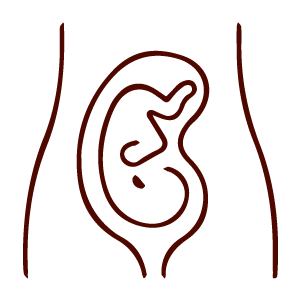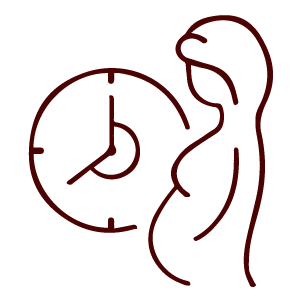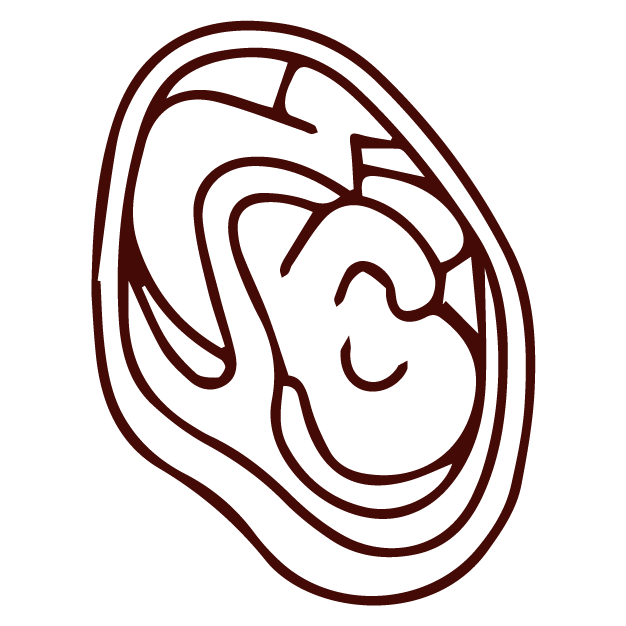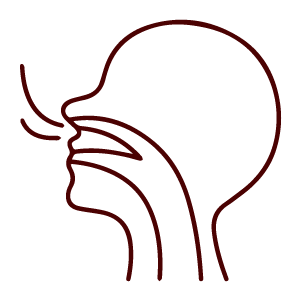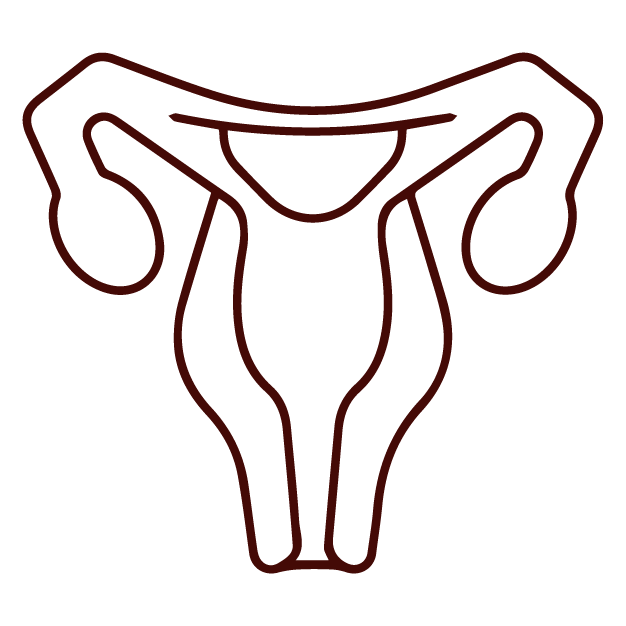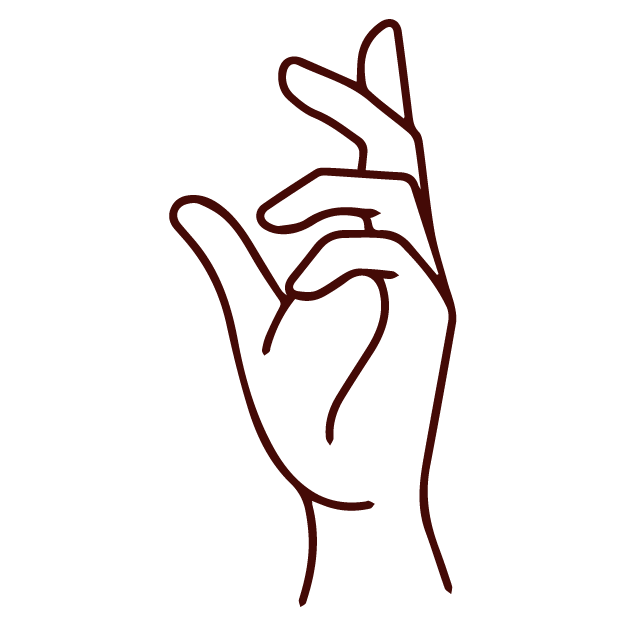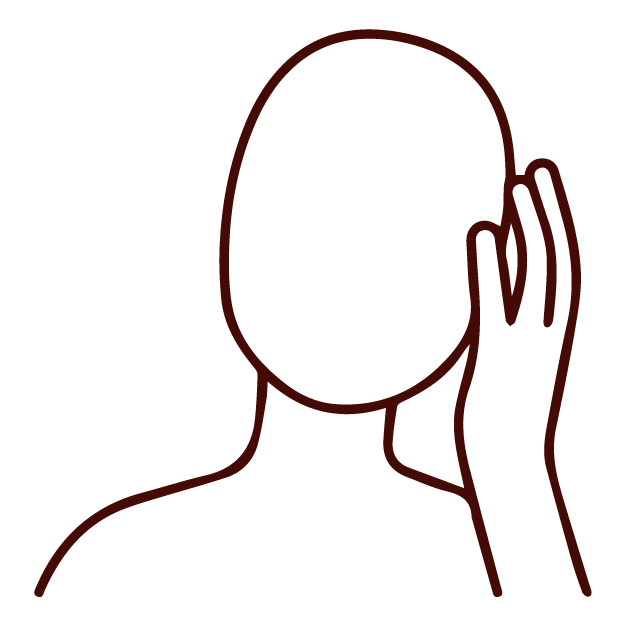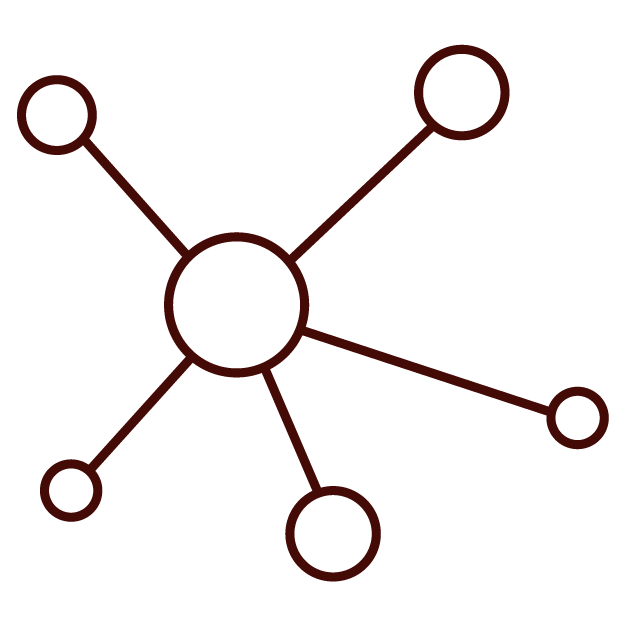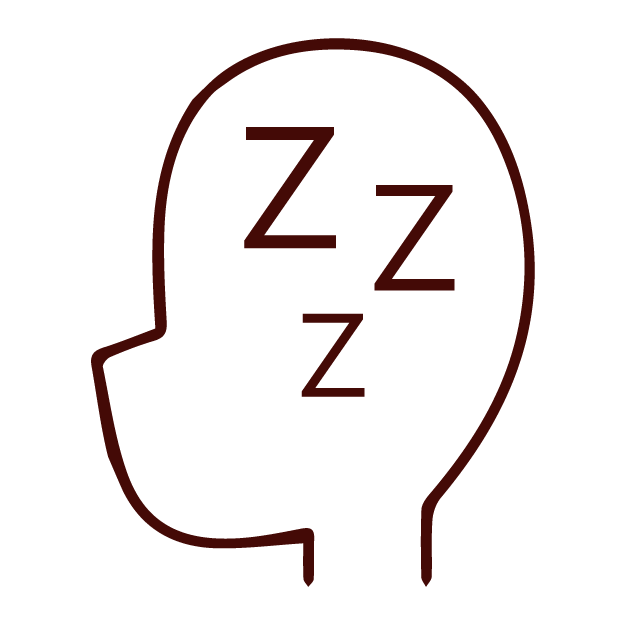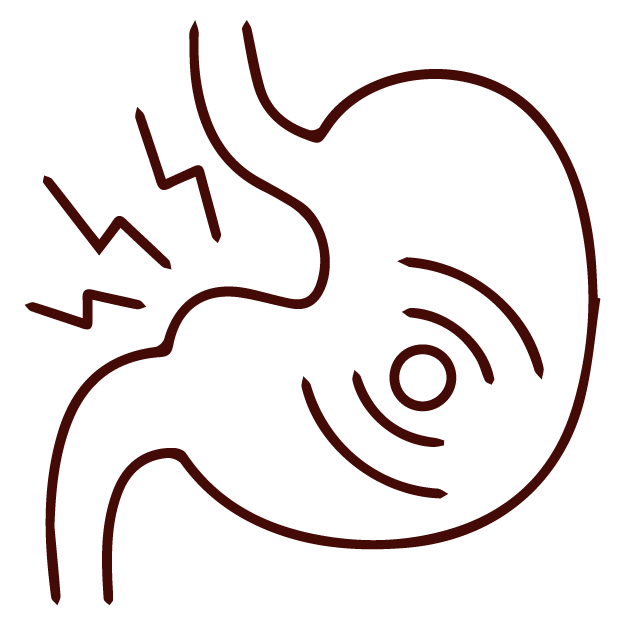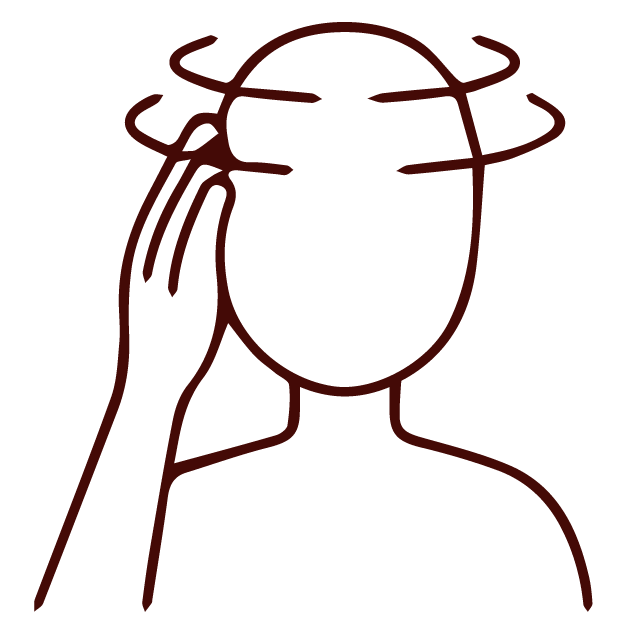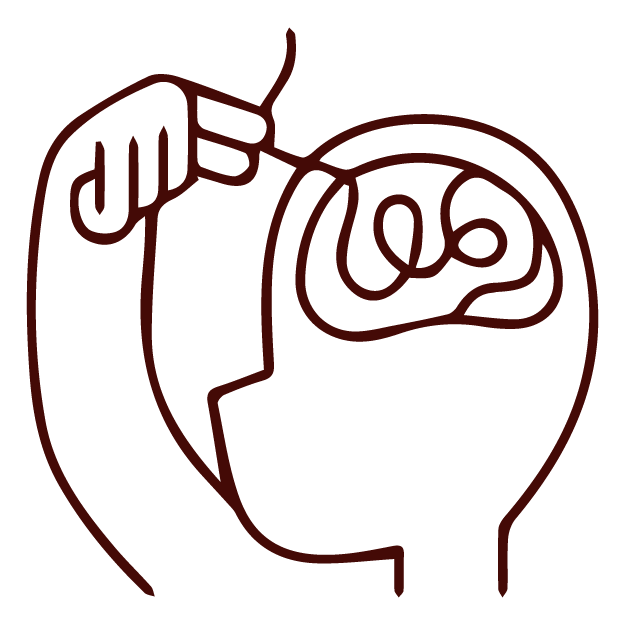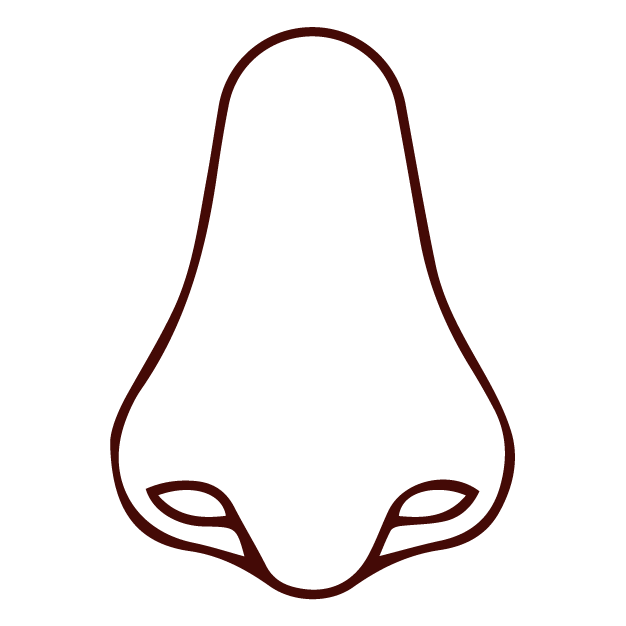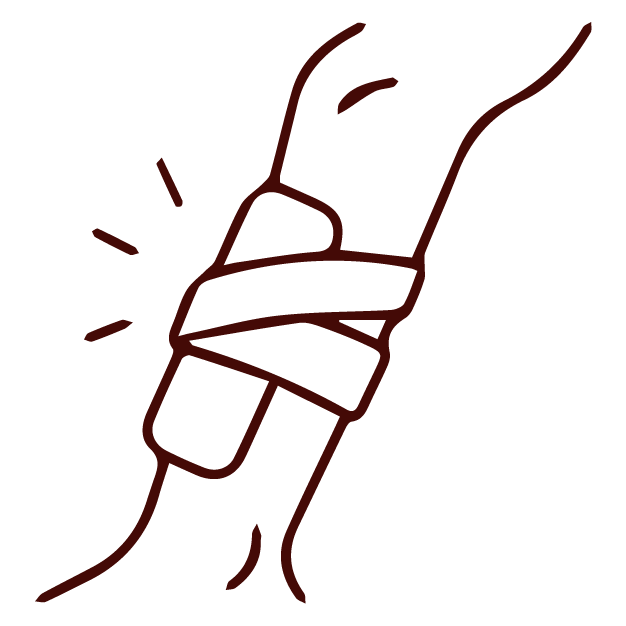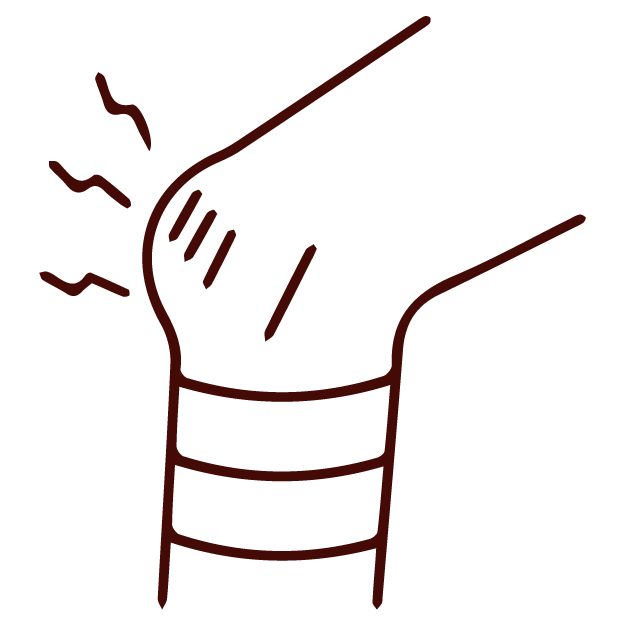Disclaimer: Do not use acupressure on any of the following points prior to 37 weeks gestation and always consult your primary health care provider prior to commencing acupressure.
Welcoming a new life into the world is a profound journey, marked by moments of joy, anticipation, and yes, challenges. Among these challenges, managing labour pain stands out as a pivotal aspect of childbirth. However, recent research has illuminated a transformative tool in the realm of pain management: acupressure. Let’s explore how this ancient technique is revolutionising birth experiences and empowering women during labour.
The Power of Acupressure:
In a groundbreaking study led by Levett et al. (2016), acupressure emerged as a star player in the realm of pain relief during labour. The study, which focused on first-time pregnant women with low-risk pregnancies, integrated acupressure into an antenatal integrative medicine education program. This program, known as the Complementary Therapies for Labour and Birth protocol, introduced participants to various evidence-based techniques, including acupressure.
Additionally, a meta-analysis by Karimi et al. (2020) examined the effects of acupressure on labour pain.They studied 22 different research projects that involved a total of 5853 women in labour. The results showed that acupressure significantly decreased labour pain in the intervention group compared to the control group. Imagine a pain scale from 0 to 10, where 0 is no pain at all and 10 is the worst pain imaginable. Women who tried acupressure felt about 1.67 points less pain on this scale compared to those who didn’t use it. This means that acupressure made a real difference, making labour feel less intense and more manageable for the women who tried it.
The Specific Findings:
The study by Levett et al. (2016) revealed that women in the program group had a significantly lower rate of epidural use during labour (23.9%) compared to those who received only standard care (68.7%). Additionally, women in the program group had fewer interventions during labour, such as reduced rates of labour augmentation, caesarean sections, and perineal trauma.
Embracing Empowerment:
At the heart of acupressure’s efficacy lies its ability to empower women. By learning and practising acupressure techniques, women gain a sense of control and agency during labour. This empowerment fosters a positive mindset, reduces anxiety, and enables women to embrace the transformative journey of childbirth with confidence.
Acupressure Resources at Village Remedies:
For women seeking to incorporate acupressure into their birth plan, resources and guidance are readily available. The Village Remedies Acupuncture Clinic offers comprehensive information and support on acupressure techniques for labour. Including understanding pressure points, we encourage birthing partners to attend these appointments as they are often the ones performing the acupressure techniques during labour. Please feel free to contact the clinic for more information
References:
Levett, K.M., Smith, C.A., Bensoussan, A. and Dahlen, H.G., 2016. Complementary therapies for labour and birth study: a randomised controlled trial of antenatal integrative medicine for pain management in labour. BMJ open, 6(7), p.e010691.
Karimi, L., Mahdavian, M. and Makvandi, S., 2020. A systematic review and meta-analysis of the effect of acupressure on relieving the labor pain. Iranian Journal of Nursing and Midwifery Research, 25(6), pp.455-462
Acupressure for Labour Videos
Large Intestine 4 (LI4)
HOW THIS CAN HELP
This is a classic point used to ripen and dilate the cervix thus helping induce labour. During labour this point releases oxytocin which strengthens contractions and relieves pain through releasing endorphins.
HOW TO FIND IT
Locate this in the webbing between your thumb and index finger, on the highest mound of flesh when the thumb and index finger are squeezed together (see photo). Once you’ve found the point, relax your hand to press into the point.
WHAT TO DO
Pinch the point in the webbing or push it against the bone of your index finger. Whilst pressing for pain relief, take deep breaths.
ACTIONS
Pain relief.
Dilation of cervix.
Induce labour.
Use if pushing in second stage is not effective.
Spleen 6 (SP6)
HOW THIS CAN HELP
Before labour this point helps with opening and dilation of the cervix. During labour it is effective in increasing the strength of contractions and allowing for the birth of the placenta.
HOW TO FIND IT
Measure with four finger widths up from the medial malleolus (inner ankle bone), the point is located on the tibia bone, there should be a natural indentation.
WHAT TO DO
Push into this point with your thumb, hold whilst taking deep breaths.
ACTIONS
Open/dilate the cervix.
Increase contraction strength.
Helps with birthing placenta.
Gallbladder 30 (GB30)
HOW THIS CAN HELP
During labour during the transition phase or back pain is present with contractions.
HOW TO FIND IT
Locate the greater trochanter (the big bump felt at the side aspect of the other upper thigh bone, below the hips) and the midline of the sacrum. The point is located 1/3 between the two anatomical landmarks in the glute muscle.
WHAT TO DO
Partner pushes base of palms into the acupuncture point in an inward motion.
ACTIONS
Hip squeeze/counter pressure during contraction.
Lower back pain, especially effective in transition.
Kidney 1 (KD1)
HOW THIS CAN HELP
This point has a grounding and calming effect to help reduce anxiety. Effective to use whilst in transition phase.
HOW TO FIND IT
Located on the centre of the sole of your foot. Divide your foot into thirds, the point is located upper third of the foot, falling into a depression below the ball of your foot.
WHAT TO DO
Push deep into the point.
ACTIONS
Calming and grounding effect to reduce anxiety.
Great to use in transition.
Gallbladder 21 (GB21)
HOW THIS CAN HELP
This point has a strong descending action which is effective during pushing and dilation of the cervix. Antenatally used to engage baby in pelvis.
HOW TO FIND IT
Located between the edge of the shoulder and spine, it is at the highest point of the muscle.
WHAT TO DO
Push the point down towards the persons feet.
ACTIONS
Strong descending action – good for pushing and cervical dilation.
Antenatally used to help baby engage in pelvis.
Sacral points (BL32)
HOW THIS CAN HELP
To induce labour and during the transition phase. Helps increase contraction strength and frequency.
HOW TO FIND IT
Locate the sacrum at the end of the spine and the foramen (the little holes on either side).
WHAT TO DO
Partner massage in the holes, or massage in an upward/downward motion.
ACTIONS
Induce labour in transition phase- increase contraction strength and frequency.
Assist with cervical lip.
Bladder 60 (BL60)
HOW THIS CAN HELP
This point assists in turning a poster positioned baby and has strong descending action.
HOW TO FIND IT
Locate the lateral malleolus (outer ankle bone protrusion), roll off the bone and fall into the depression between the bone and the achilles.
WHAT TO DO
Press and massage the point.
ACTIONS
Help turn posterior baby.
Strong descending action – good for pushing and cervical dilation.
Pericardium 6 (PC6)
HOW THIS CAN HELP
Good to assist in management of nausea and anxiety.
HOW TO FIND IT
3 fingers breathe up from the wrist crease, the point is between the two tendons.
WHAT TO DO
Push the point with your thumb and use the index finder to push on the other side of the wrist towards the point.
ACTIONS
Nausea relief.
Help with anxiety.
Bladder 67 (BL67)
HOW THIS CAN HELP
Help turn posterior baby position and for pain relief during labor
HOW TO FIND IT
Located on the outside edge of the pinky toe. At the edge of the outer side at the bottom on the nail bed.
WHAT TO DO
With a rounded pointed object, press down at the point.
ACTIONS
Posterior baby (OP).
Back pain in labour.

